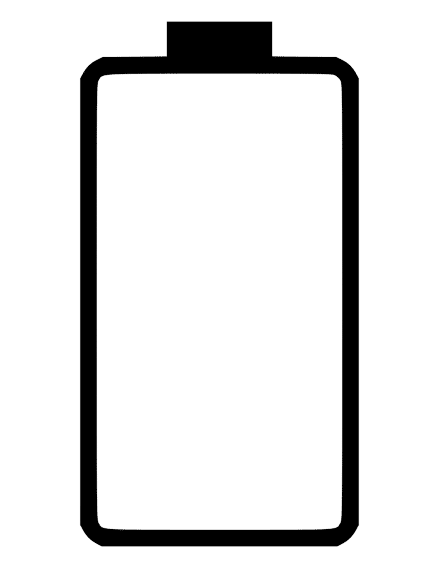This battery life calculator estimates how long a battery will last, based on nominal battery capacity and the average current that a load is drawing from it. Battery capacity is typically measured in Amp-hours (Ah) or milliamp-hours (mAh), although Watt-hours (Wh) is occasionally used.

Battery life calculation involves estimating the duration a battery can power a device based on its capacity and the power consumption of the device.
Here’s how you can calculate battery life:
1. Determine Battery Capacity:
The first step is to find out the capacity of the battery. Battery capacity refers to the amount of charge a battery can store, usually measured in milliampere-hours (mAh) for small batteries like those used in smartphones, or watt-hours (Wh) for larger batteries like those used in electric vehicles. You can usually find the battery capacity printed on the battery itself or in the specifications of the device it powers.
2. Identify Device Power Consumption:
Next, determine the power consumption of the device while it’s in use. The power consumption of a device indicates how much electrical power it consumes while in use. This information is typically provided in the device’s specifications or user manual.
Power consumption is measured in watts (W) or milliwatts (mW). If power consumption is given in milliwatts, you may need to convert it to watts by dividing by 1000.
3. Calculate Battery Life:
Once you have the battery capacity and device power consumption, you can use the following formula to calculate battery life:

If the battery capacity is given in mAh and the power consumption in mA, the result will be in hours directly. If the capacity is in Wh and power consumption in W, the result will still be in hours.
Let’s Understand using an Example
Let’s say you have a battery with a capacity of 3000 mAh (milliampere-hours) and a device that consumes 500 mA (milliamperes) of current.
Using the formula:
Battery life = 3000 mAh/500 mA = 6 hours
So, The device powered by this battery would run for approximately 6 hours before needing to be recharged.
Keep in mind that actual battery life may vary based on factors such as temperature, usage patterns, and the age of the battery. Additionally, if the device has different power modes or usage scenarios, you may need to calculate battery life separately for each scenario.
By calculating battery life, you can better understand how long a device can operate on a single charge, helping you plan your usage and manage battery consumption more effectively.






